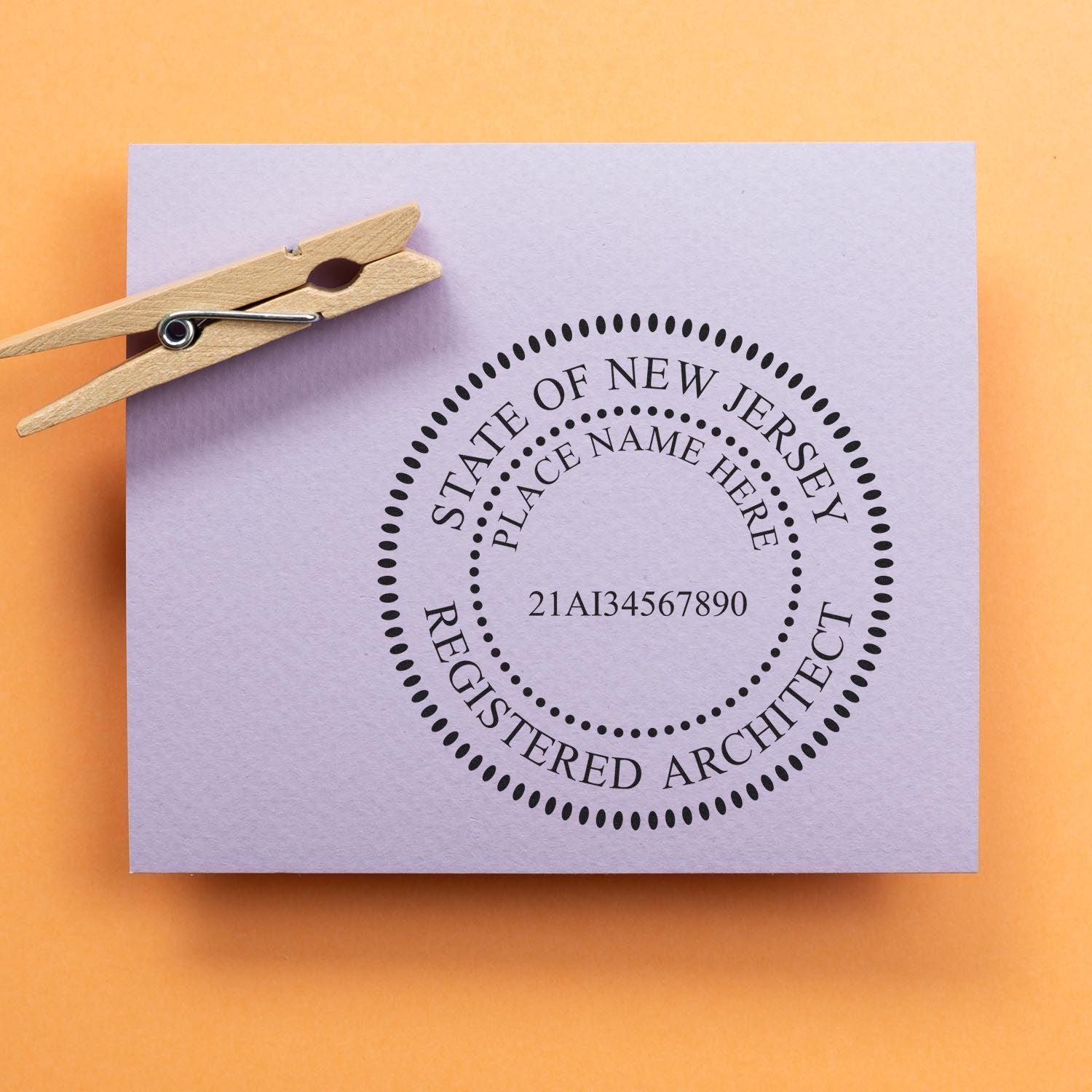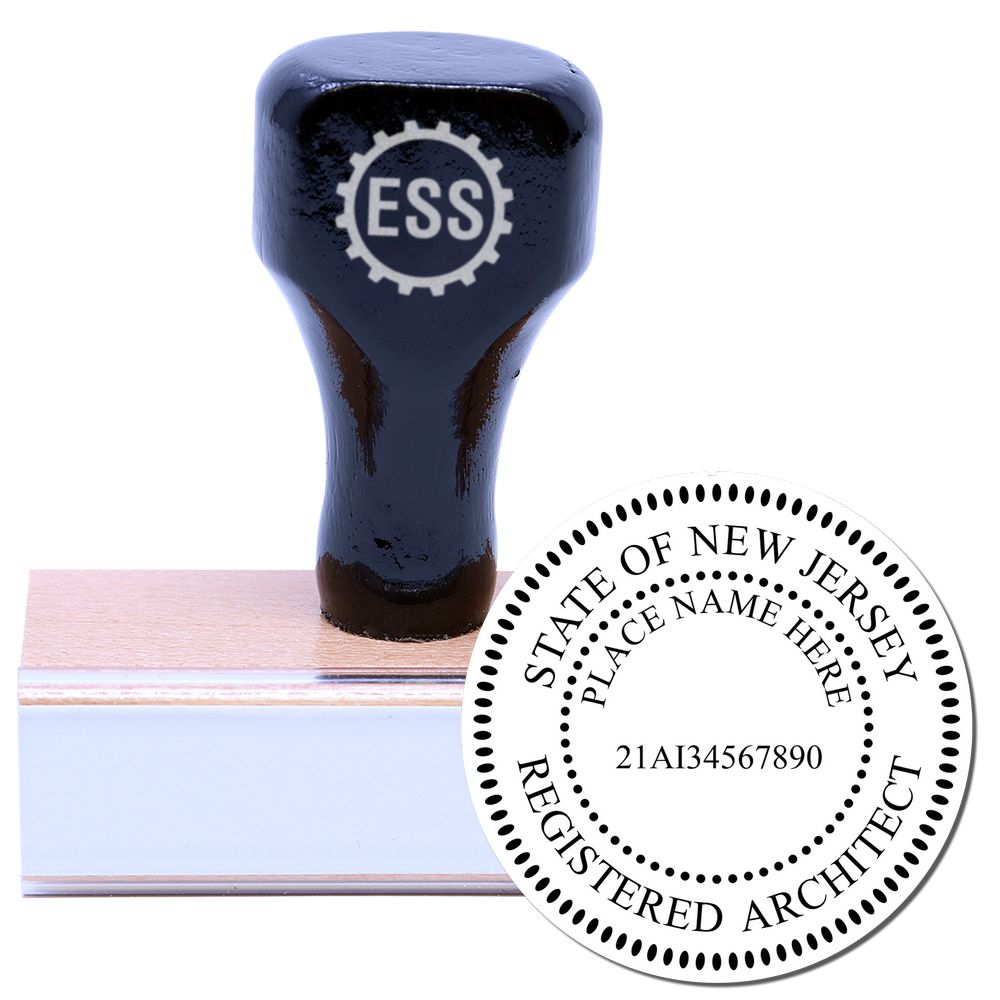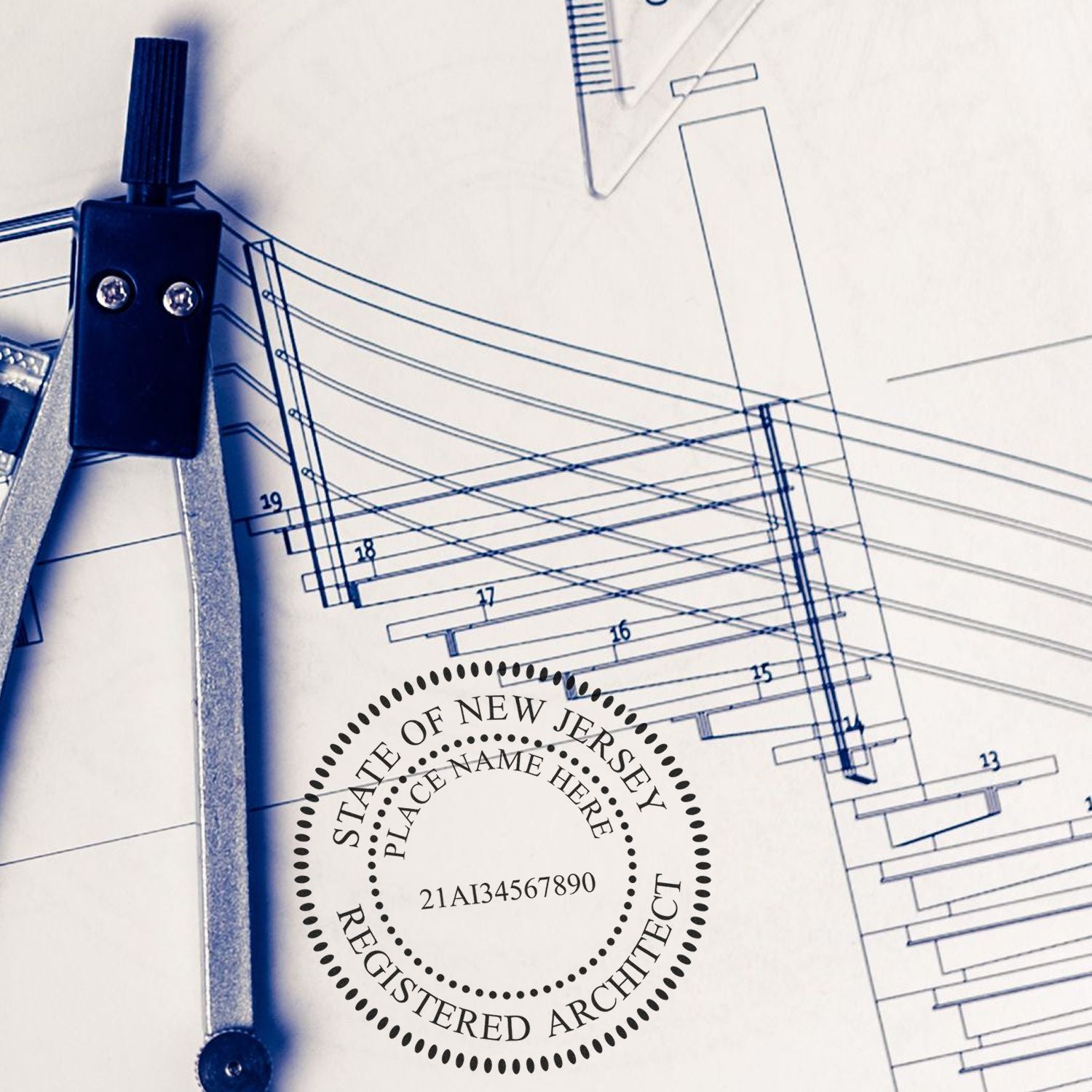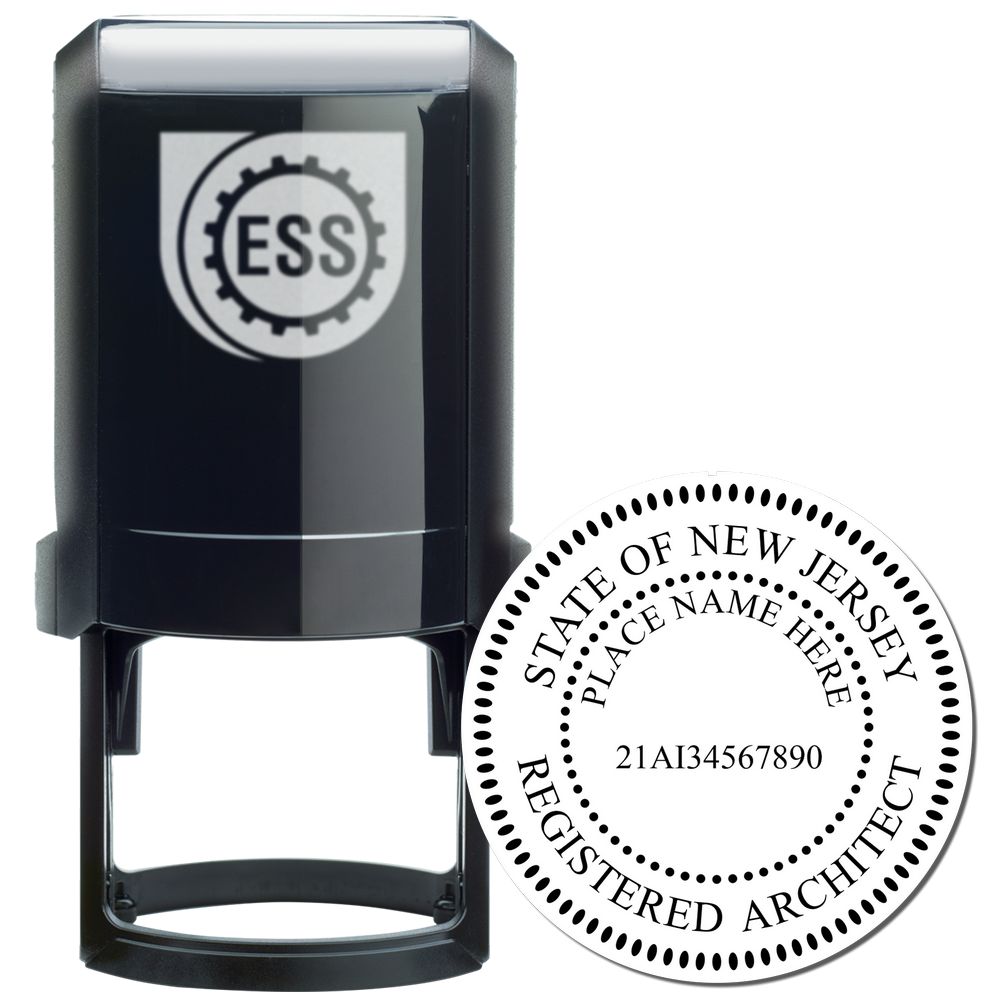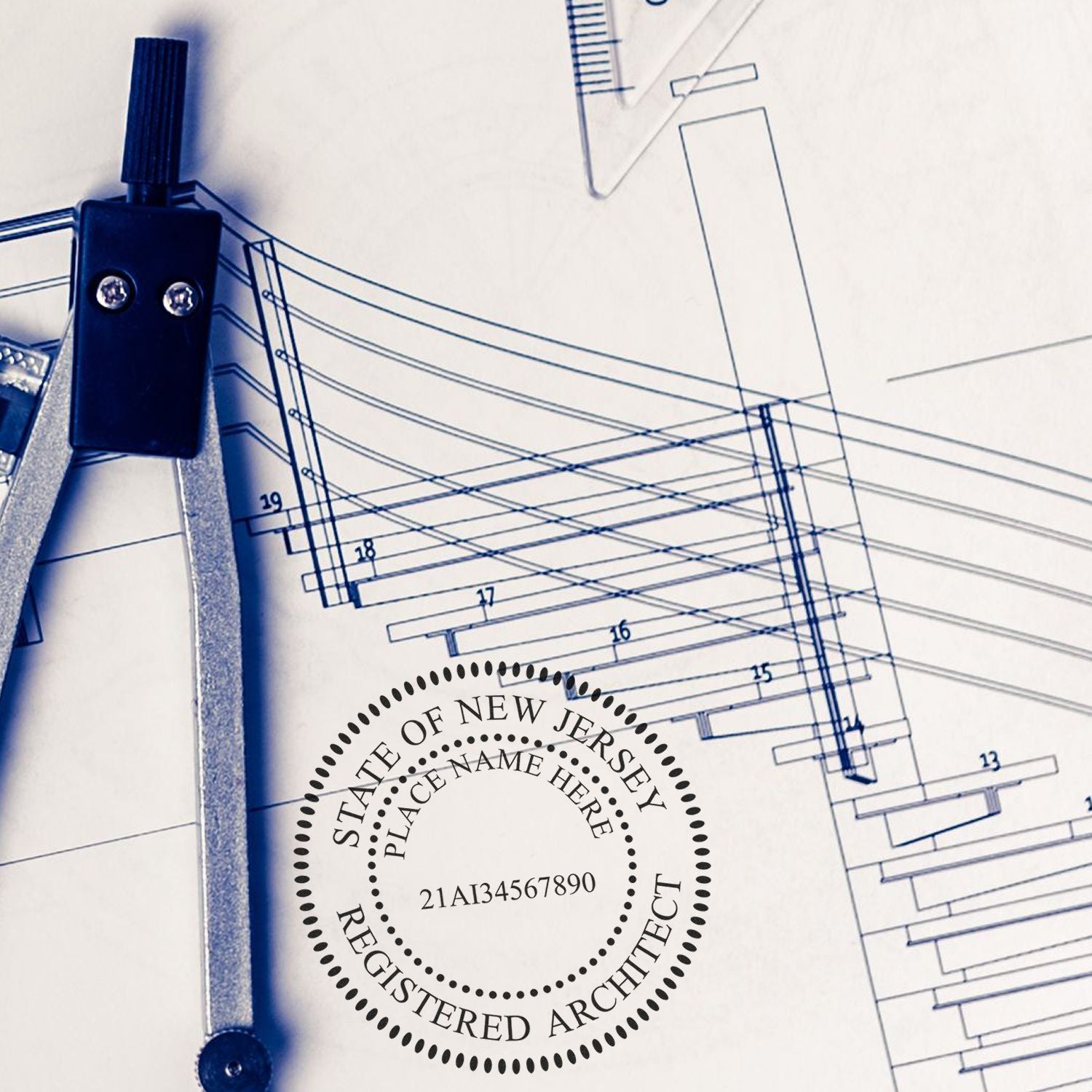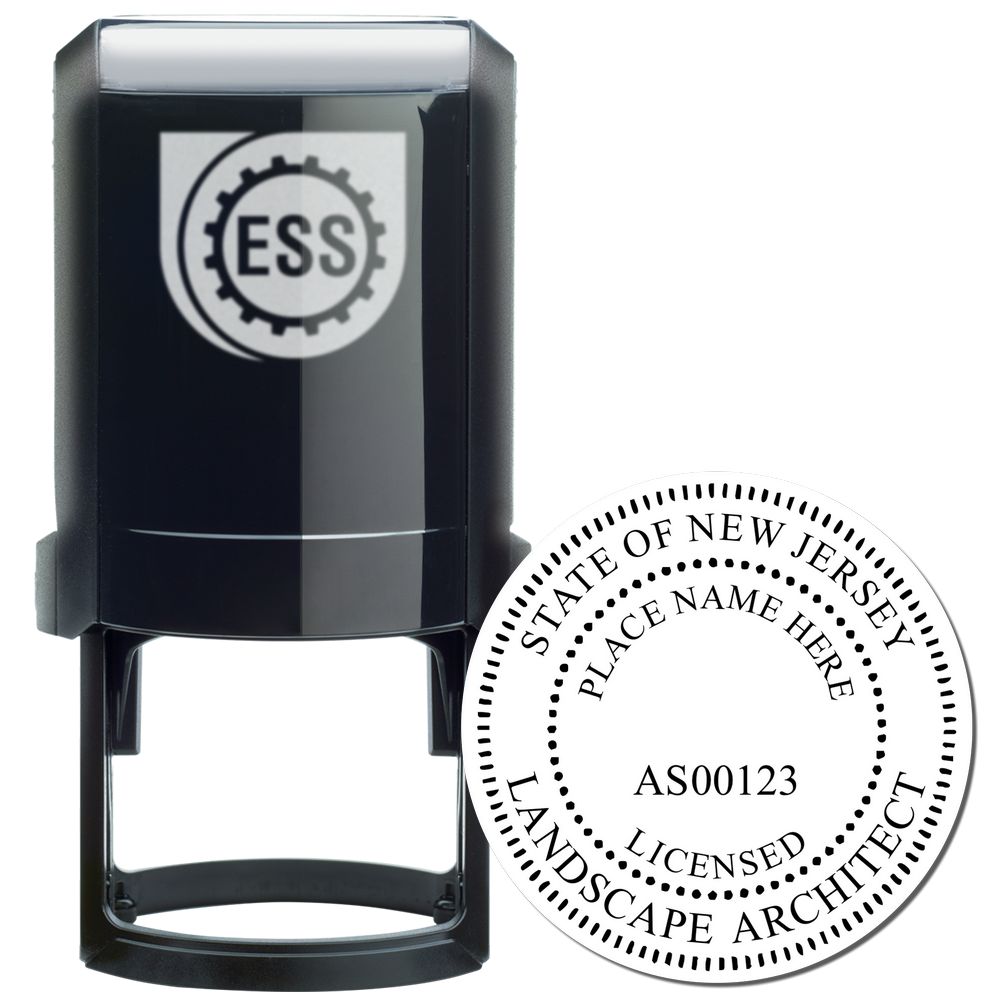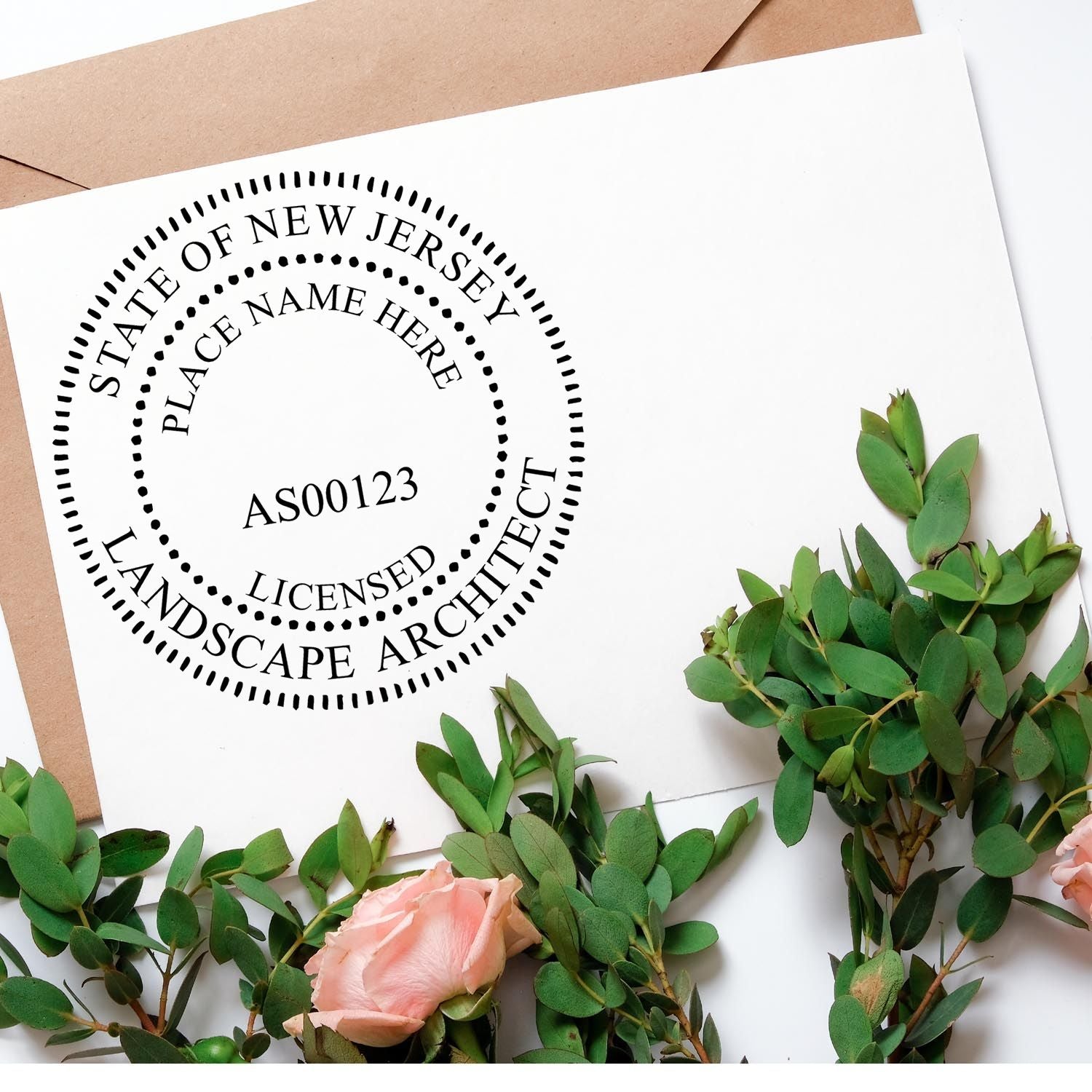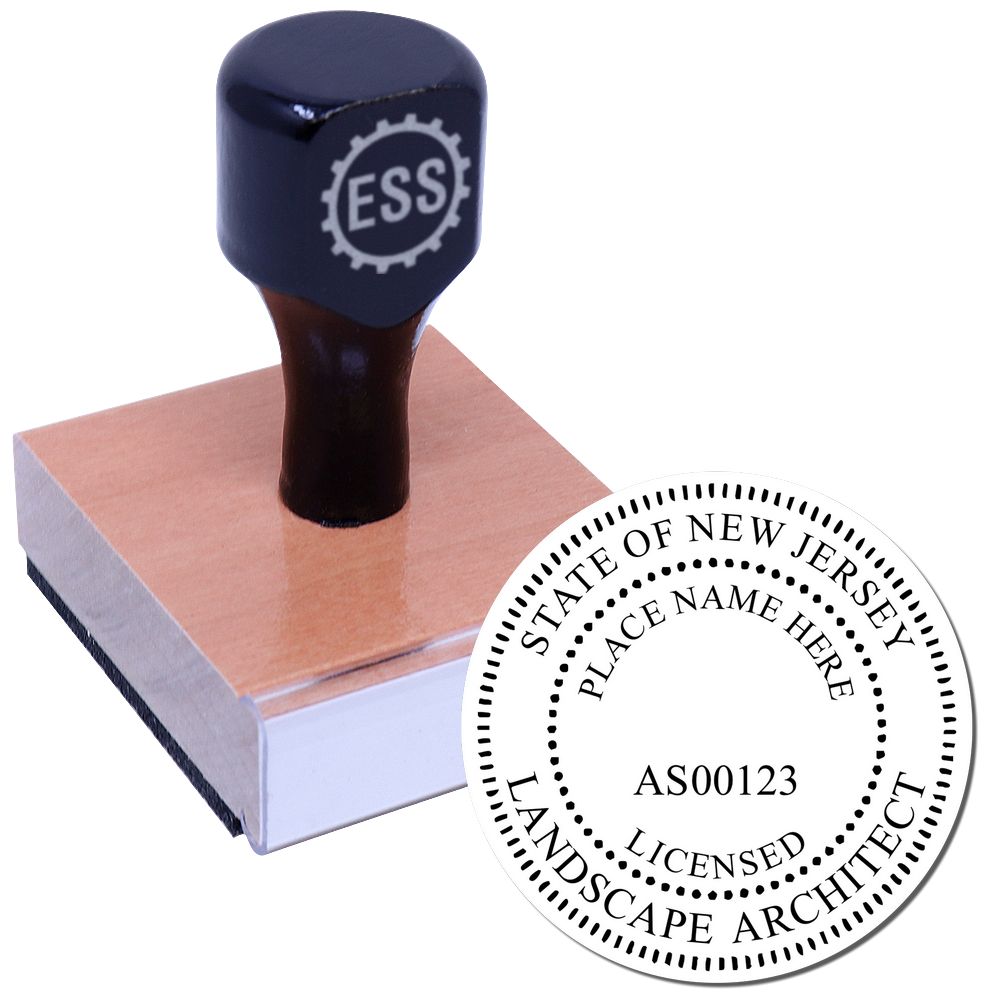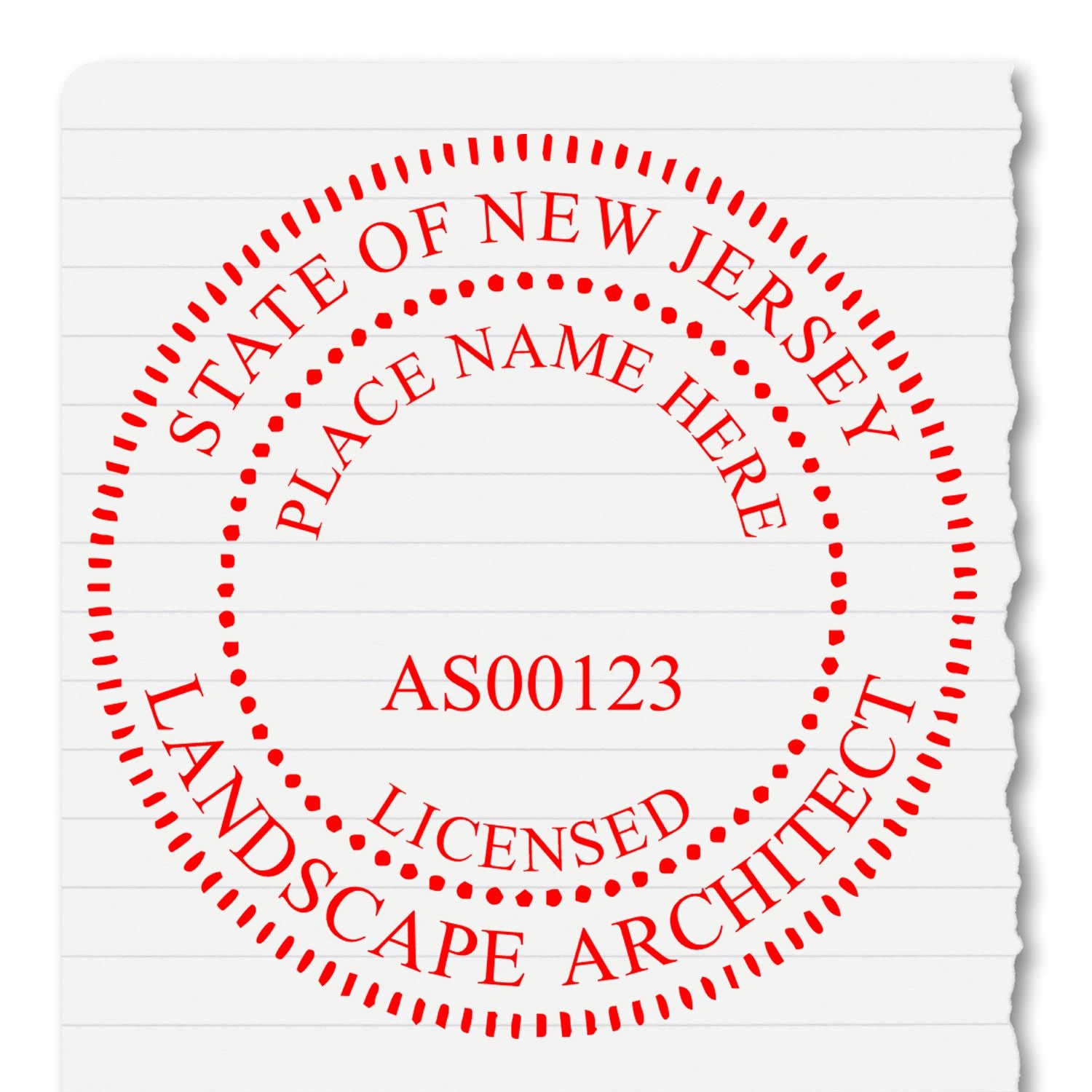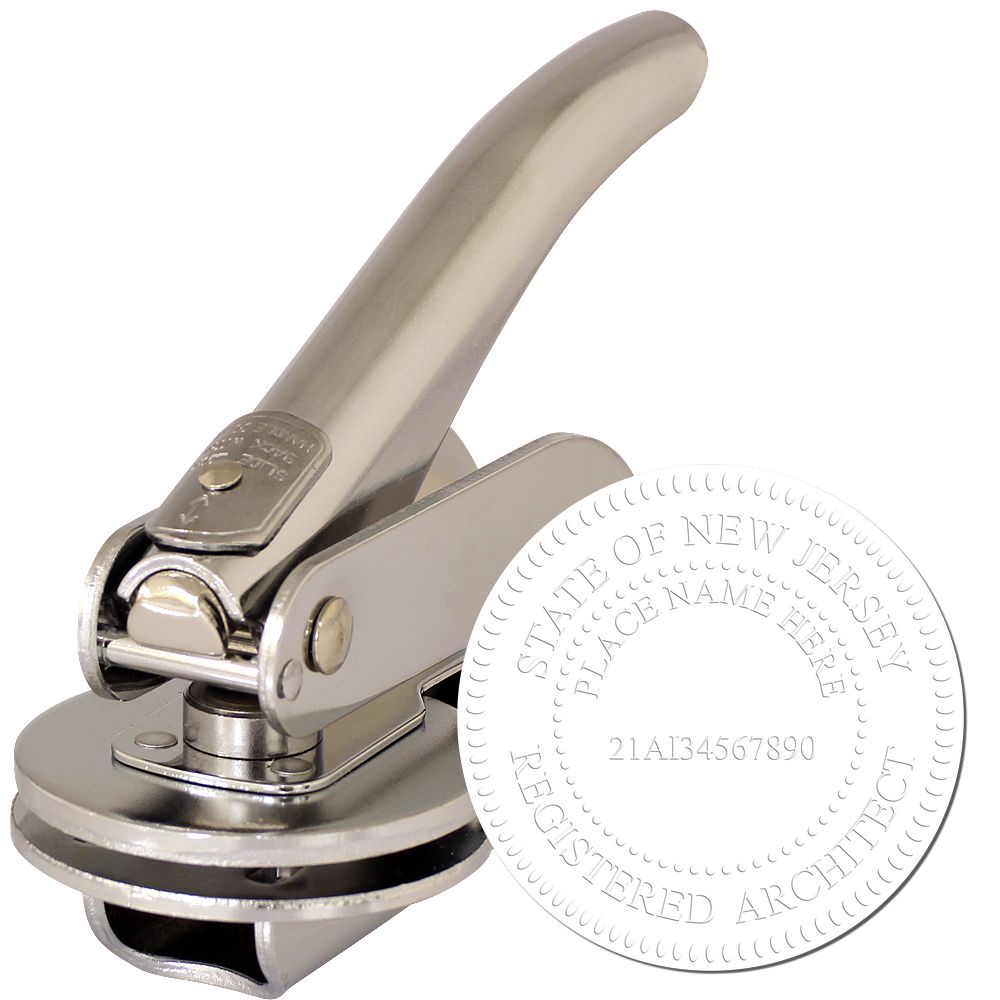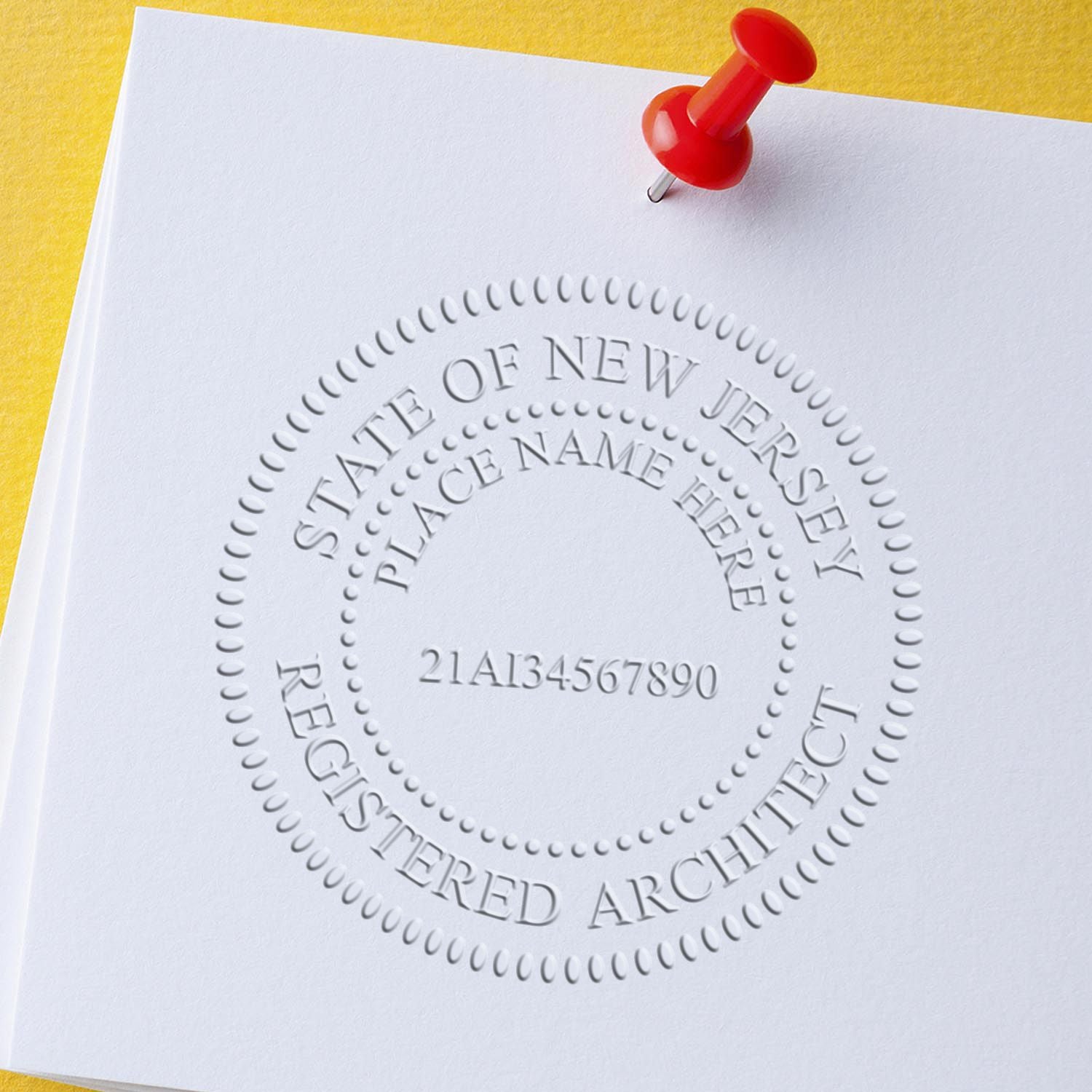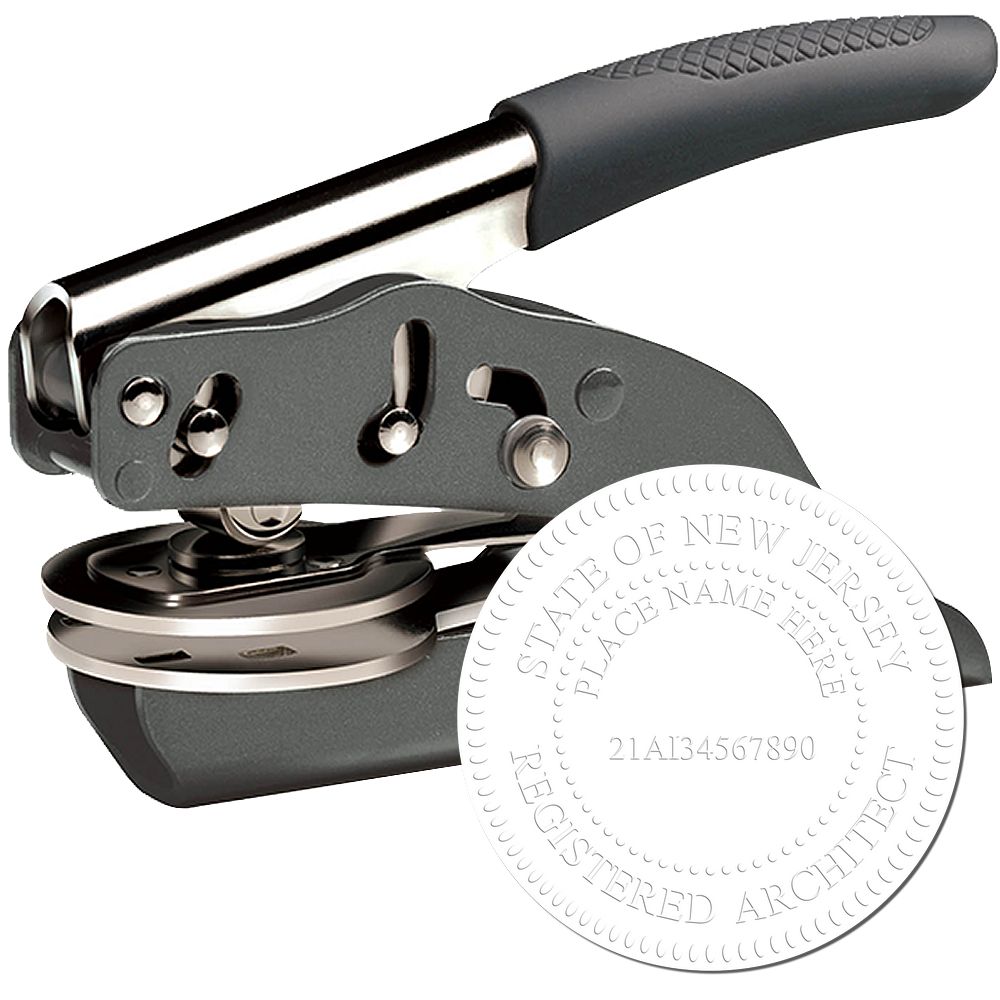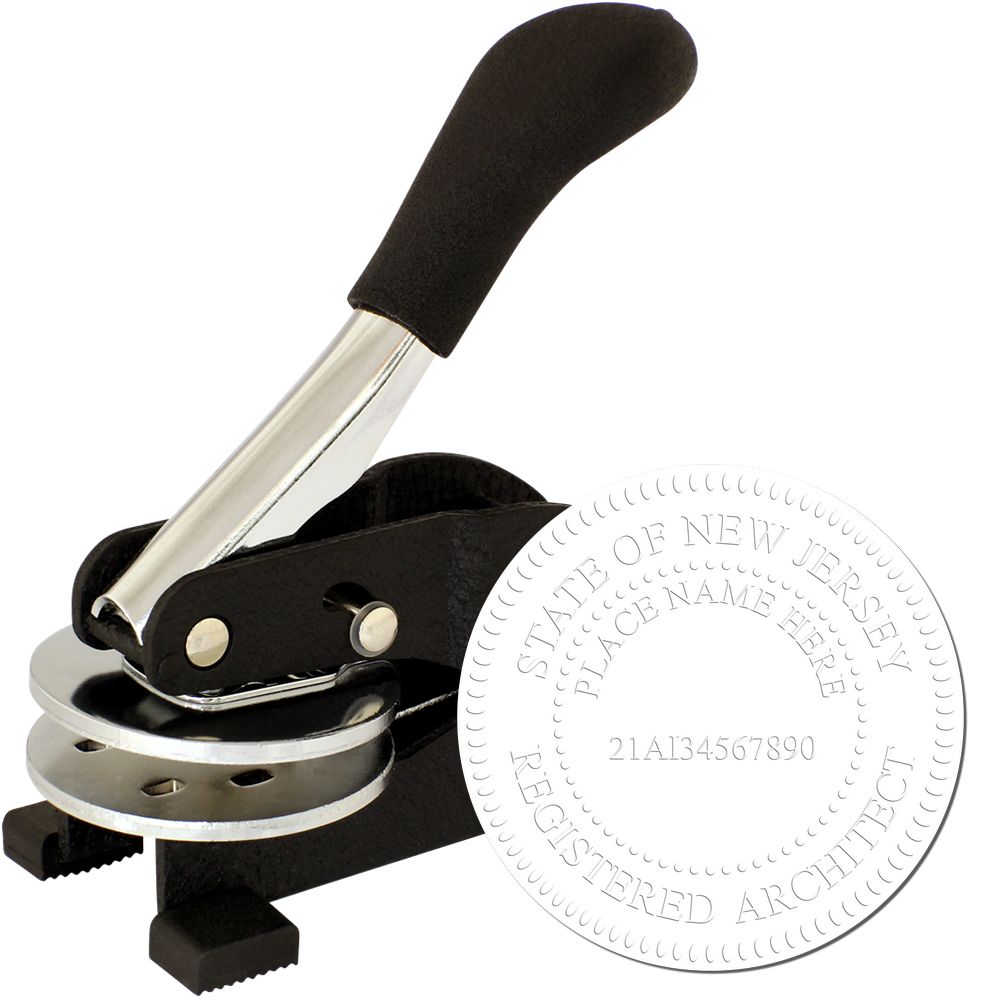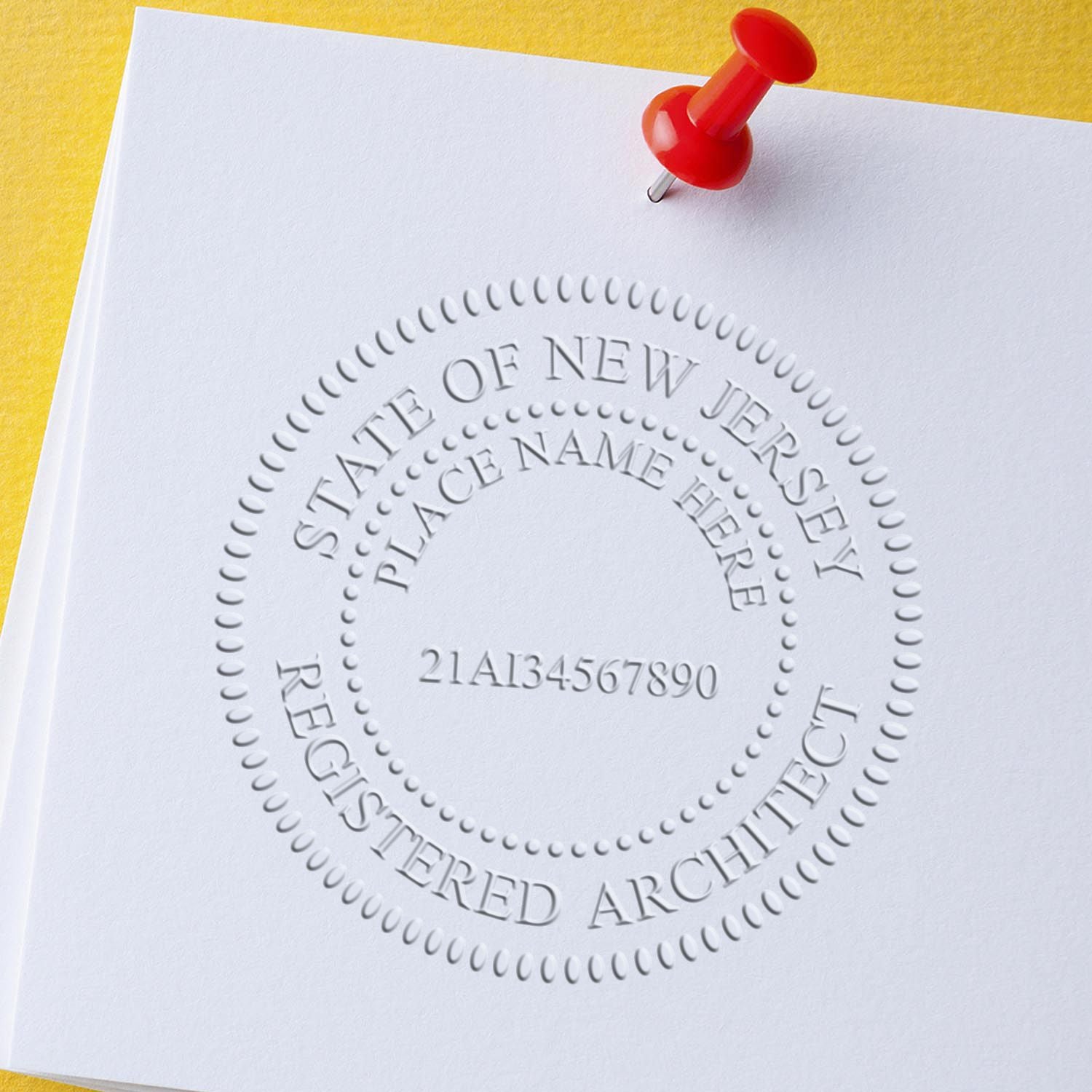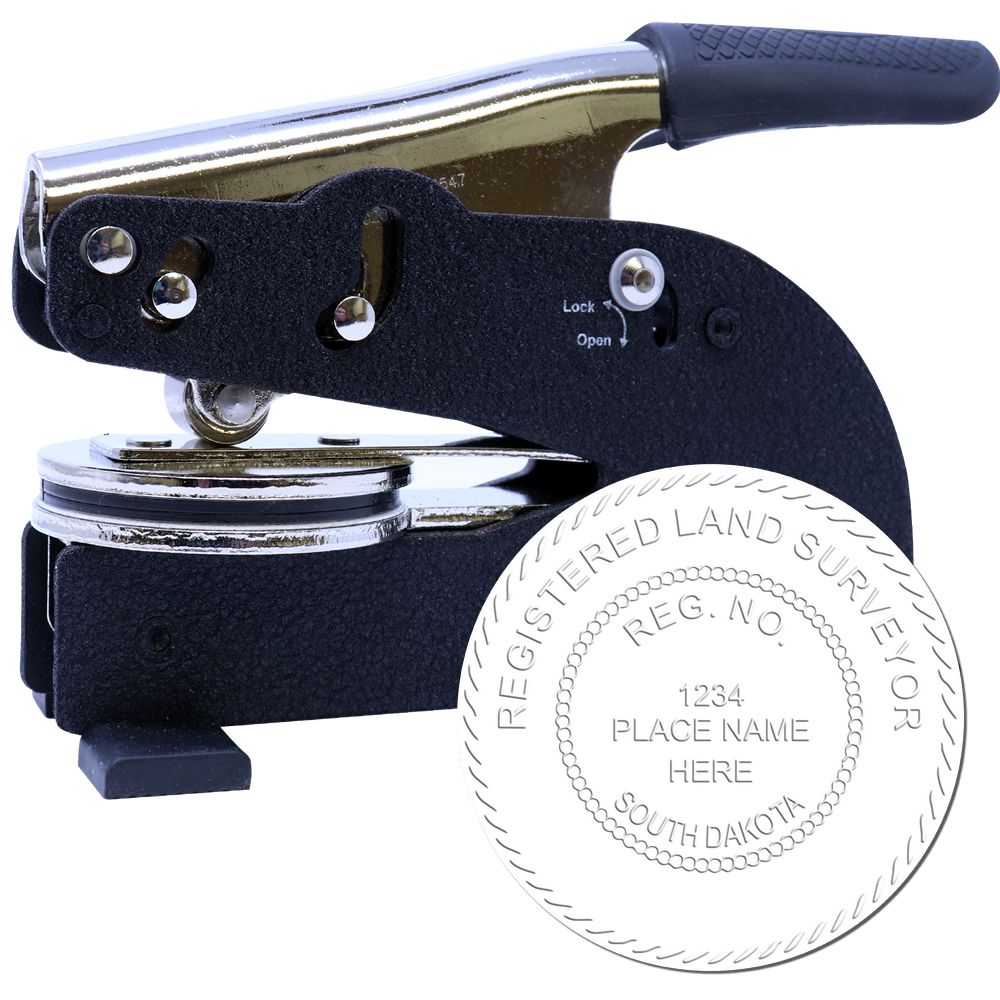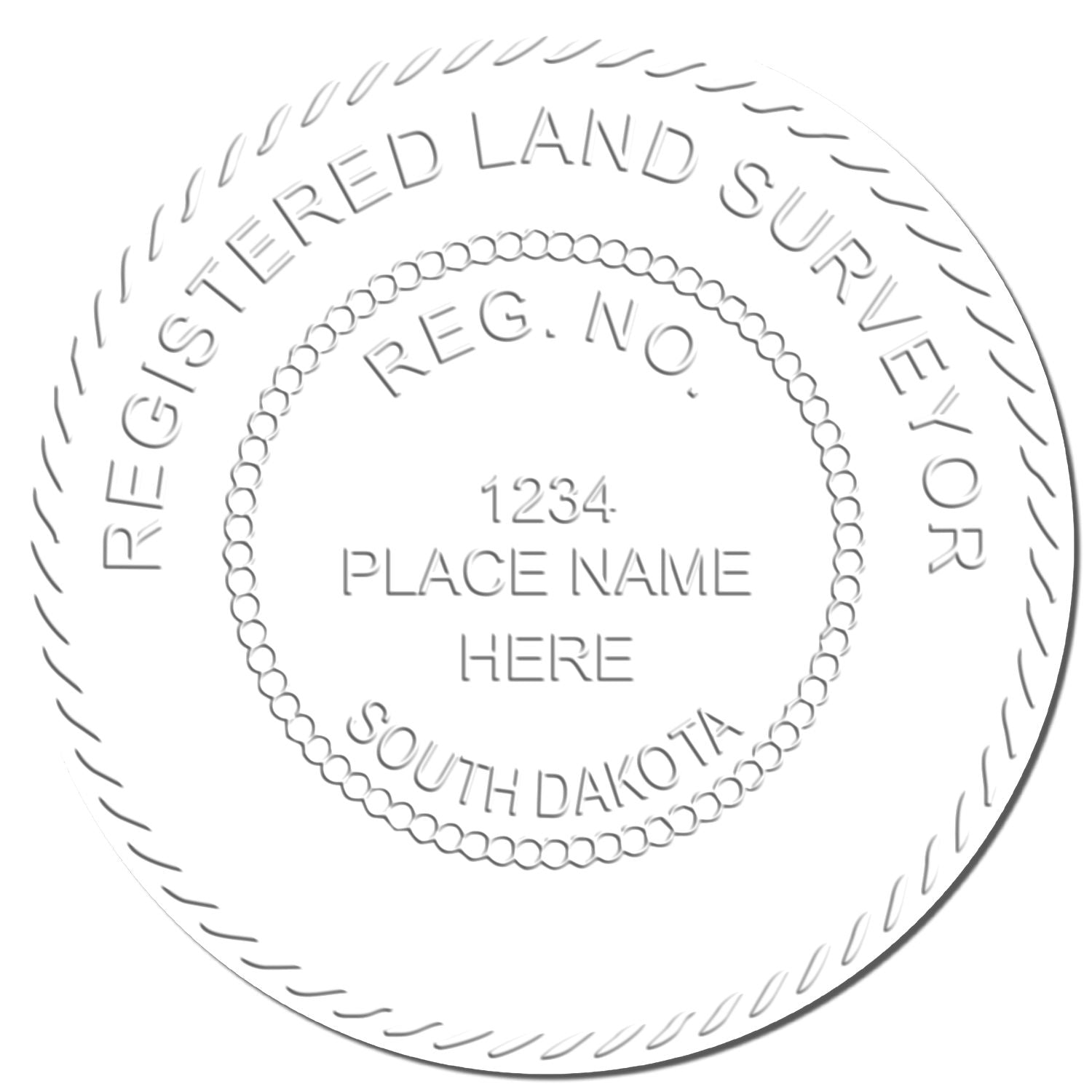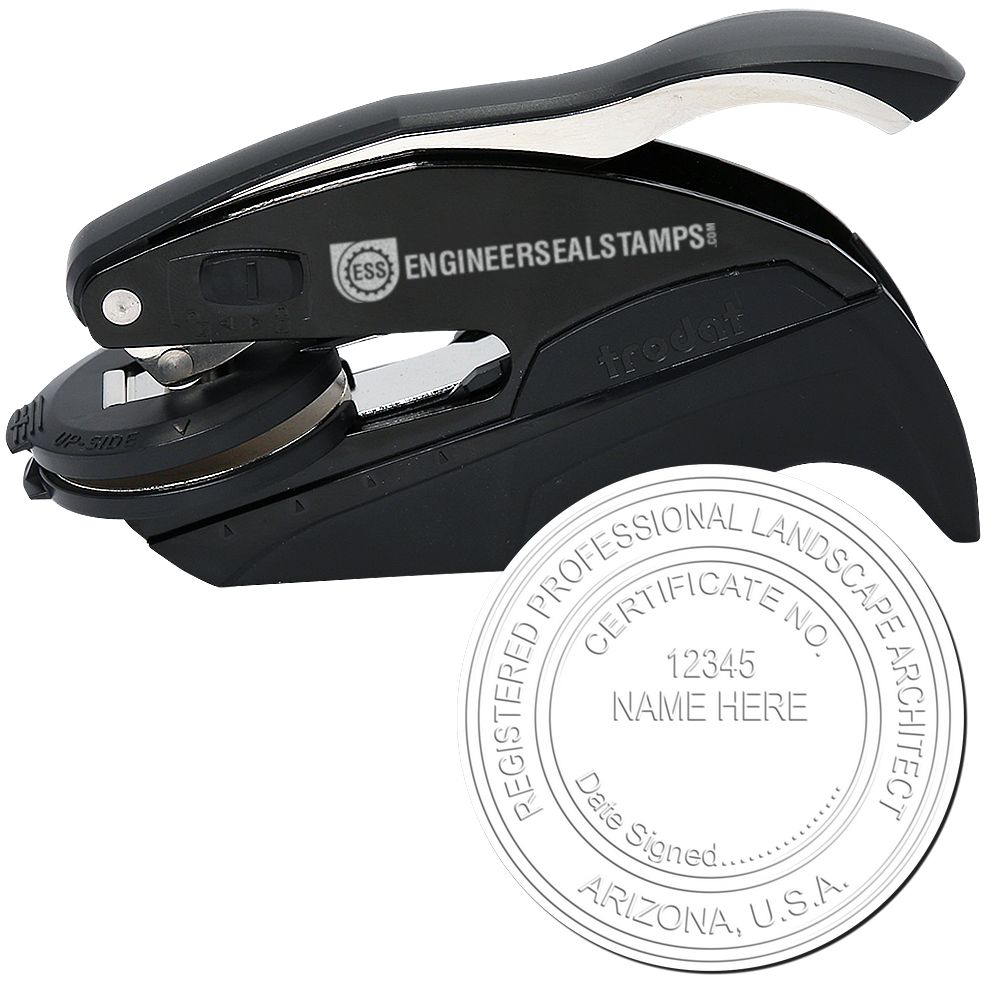The Importance of Architect Seals
Architect seals play a vital role in the field of architecture, serving as a mark of authenticity and professionalism. Let's explore what an architect seal is and why it holds such significance.
What is an Architect Seal?
An architect seal, also known as an architect stamp or architect seal stamp, is a tool used by licensed architects to certify their work. It typically consists of a personalized design, including the architect's name, license number, and other relevant information. The seal is imprinted onto documents, such as blueprints, drawings, and construction plans, to indicate that the work has been reviewed and approved by a licensed architect.
The architect seal serves as a visual representation of the architect's authority and expertise. It provides assurance to clients, contractors, and regulatory bodies that the architectural plans and designs meet the required standards and comply with applicable regulations.
Why is an Architect Seal Important?
The architect seal holds great importance for several reasons:
-
Legal Compliance: In many jurisdictions, including New Jersey, the use of an architect seal is legally required for certain types of architectural work. An architect's seal signifies that the plans and designs have been prepared by a licensed professional, ensuring compliance with local building codes and regulations. It helps protect public safety and ensures that structures are constructed according to approved architectural plans.
-
Professional Recognition: The architect seal is a symbol of professional recognition within the architecture industry. It signifies that the architect has completed the necessary education, experience, and examination requirements to obtain a license. The seal demonstrates the architect's commitment to upholding professional standards and ethics.
-
Risk Mitigation: By affixing their seal to architectural documents, architects take responsibility for the accuracy and quality of their work. This helps mitigate potential risks and liabilities associated with errors or omissions in the design process. The architect seal provides a level of accountability and reassurance for clients and stakeholders involved in the construction project.
-
Contractual Requirements: Architectural projects often involve contracts between clients, architects, and other parties. The architect seal may be a contractual requirement, ensuring that the architect's plans and specifications are authentic and have been reviewed by a licensed professional. It helps establish trust and credibility among project participants.
Understanding the importance of architect seals is essential for architects practicing in New Jersey. Familiarizing yourself with the New Jersey architect seal requirements and New Jersey architect license requirements is crucial for ensuring compliance with local regulations.
In the following sections, we will delve deeper into the specifics of architect seals in New Jersey, including the requirements, guidelines, and considerations for choosing a New Jersey architect seal.
Architect Seals in New Jersey
To practice architecture in New Jersey, it is essential for architects to have the appropriate architect seal. Understanding the requirements and purpose of the New Jersey architect seal is crucial for architects practicing in the state.
Overview of New Jersey Architect Seal Requirements
In New Jersey, architects are required to have a valid architect seal to legally certify their professional work. The architect seal serves as a mark of authenticity and verifies that the plans, drawings, or documents have been prepared or reviewed by a licensed architect.
To obtain an architect seal in New Jersey, architects must meet specific licensing requirements set by the New Jersey State Board of Architects. These requirements typically include completing a professional degree in architecture, gaining relevant work experience, and passing the Architect Registration Examination (ARE). For more information on New Jersey architect license requirements, refer to our article on new jersey architect license requirements.




Understanding the New Jersey Architect Stamp
The New Jersey architect seal, also known as the New Jersey architect stamp, is a physical tool used to impress the architect's official seal onto documents, plans, or drawings. It typically contains the architect's name, license number, and the phrase "Registered Architect" or "Architect" in conjunction with the state of New Jersey.
The New Jersey architect stamp serves as an official mark of approval, indicating that the architect has reviewed and takes responsibility for the professional work being performed. It provides assurance to clients, building officials, and other stakeholders that the architectural plans or documents comply with all applicable laws, regulations, and codes.
Architects should ensure that their New Jersey architect stamp complies with the regulations set by the New Jersey State Board of Architects. This includes specific requirements regarding the design and size of the stamp, as well as the information that must be included. For more details on the regulations governing the use of the New Jersey architect stamp, refer to our article on new jersey architect seal regulations.
By understanding the importance of architect seals and the specific requirements for obtaining and using the New Jersey architect seal, architects can confidently fulfill their professional responsibilities in the state. Remember to always refer to the guidelines provided by the New Jersey State Board of Architects to ensure compliance and maintain the integrity of your architectural work.
Obtaining a New Jersey Architect Stamp
If you are an architect practicing in New Jersey, obtaining a New Jersey architect stamp is an essential step to ensure your work is recognized and compliant with state regulations. Here are the steps to acquiring a New Jersey architect stamp and where you can purchase one.
Steps to Acquiring a New Jersey Architect Stamp
-
Meet the Requirements: Before applying for a New Jersey architect stamp, make sure you meet the necessary requirements set by the New Jersey State Board of Architects. These requirements typically include completing the required education, gaining professional experience, and passing the licensing exams. For detailed information on the New Jersey architect license requirements, refer to our article on new jersey architect license requirements.
-
Submit Application: Once you have met the requirements, submit your application for the architect stamp to the New Jersey State Board of Architects. The application will typically require you to provide personal and professional information, along with any supporting documentation required by the board. Be sure to fill out the application accurately and include all necessary documents.
-
Pay the Fee: Along with your application, you will need to pay the required fee for the architect stamp. The fee amount may vary, so it's important to check the current fee schedule provided by the New Jersey State Board of Architects.
-
Approval and Receipt: After reviewing your application, if it meets all the necessary criteria and requirements, the New Jersey State Board of Architects will approve your application. Once approved, you will receive your architect stamp along with relevant documentation. Keep these documents in a safe place for future reference.
Where to Purchase a New Jersey Architect Stamp
To purchase a New Jersey architect stamp, you can explore various authorized vendors and online platforms that specialize in professional stamps and seals. It's important to choose a reputable and reliable vendor to ensure the stamp meets the required standards and regulations.
When selecting a vendor, consider the following factors:
- Quality and Durability: Look for vendors that offer architect stamps made from sturdy and long-lasting materials to ensure the stamp withstands regular use.
- Compliance with New Jersey Regulations: Ensure that the vendor's architect stamps comply with the specific regulations and guidelines set by the New Jersey State Board of Architects. This ensures that the stamp meets the necessary standards for official use.
- Design and Size Options: Choose a vendor that provides design and size options for the architect stamp, allowing you to select a stamp that aligns with your preferences and professional needs.
For a comprehensive guide on architect seals in New Jersey, including regulations and guidelines, refer to our article on architect seals in New Jersey.
By following the necessary steps and obtaining a New Jersey architect stamp from a trusted vendor, you can ensure your architectural work is properly recognized and compliant with the regulations set by the state.

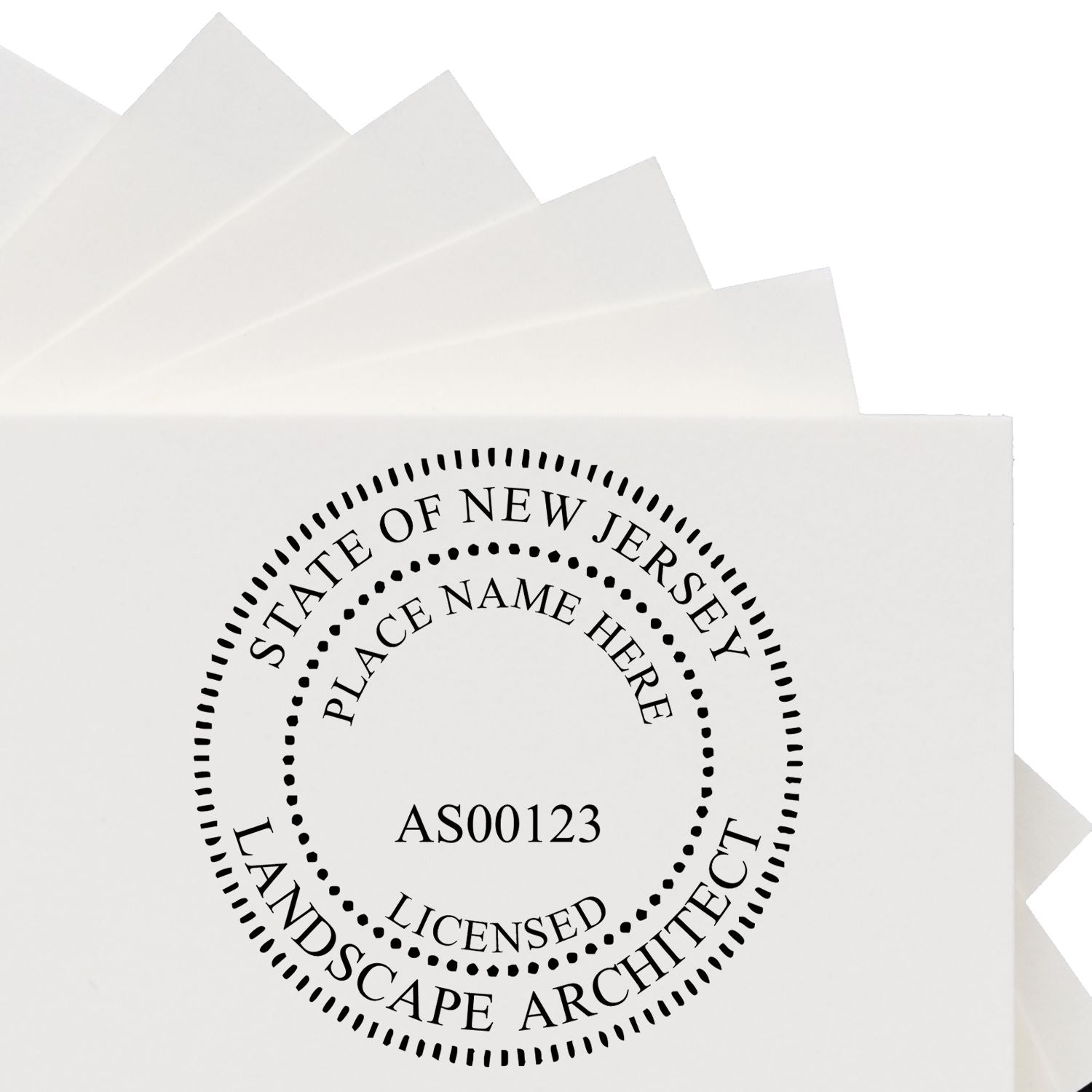
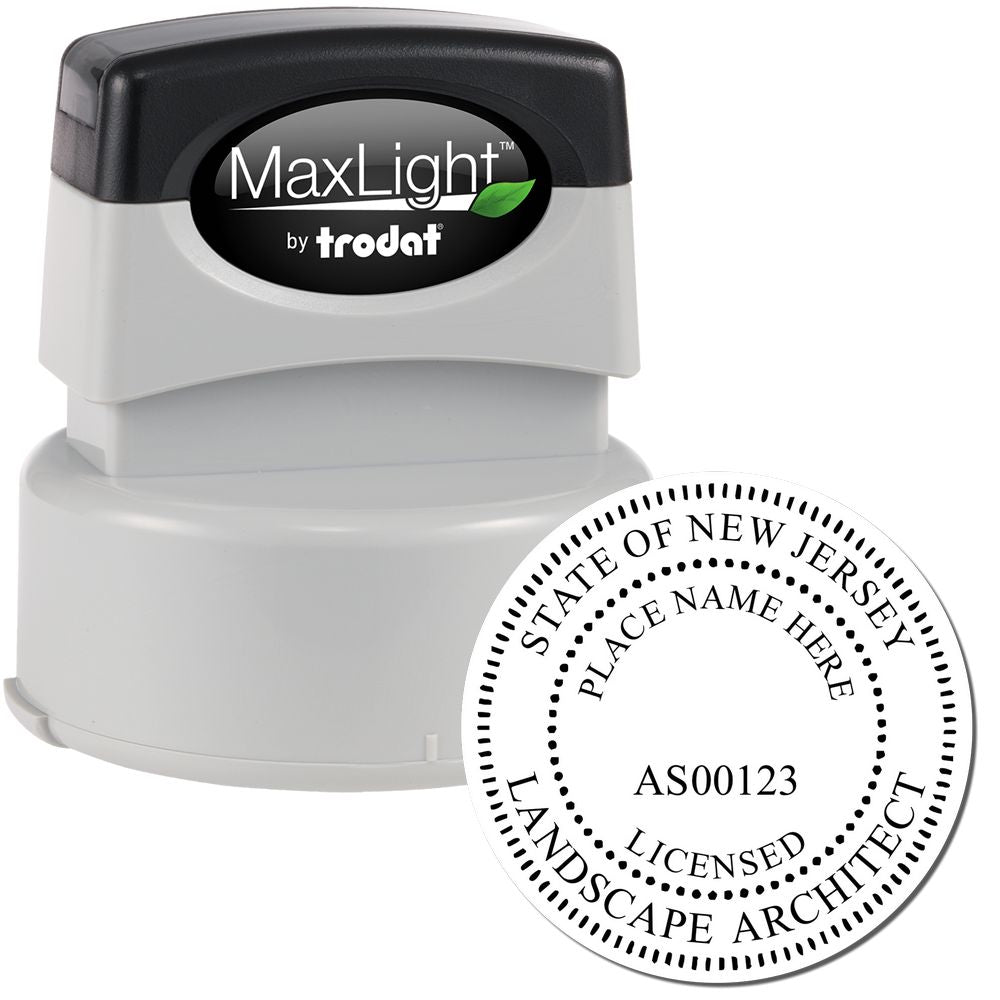
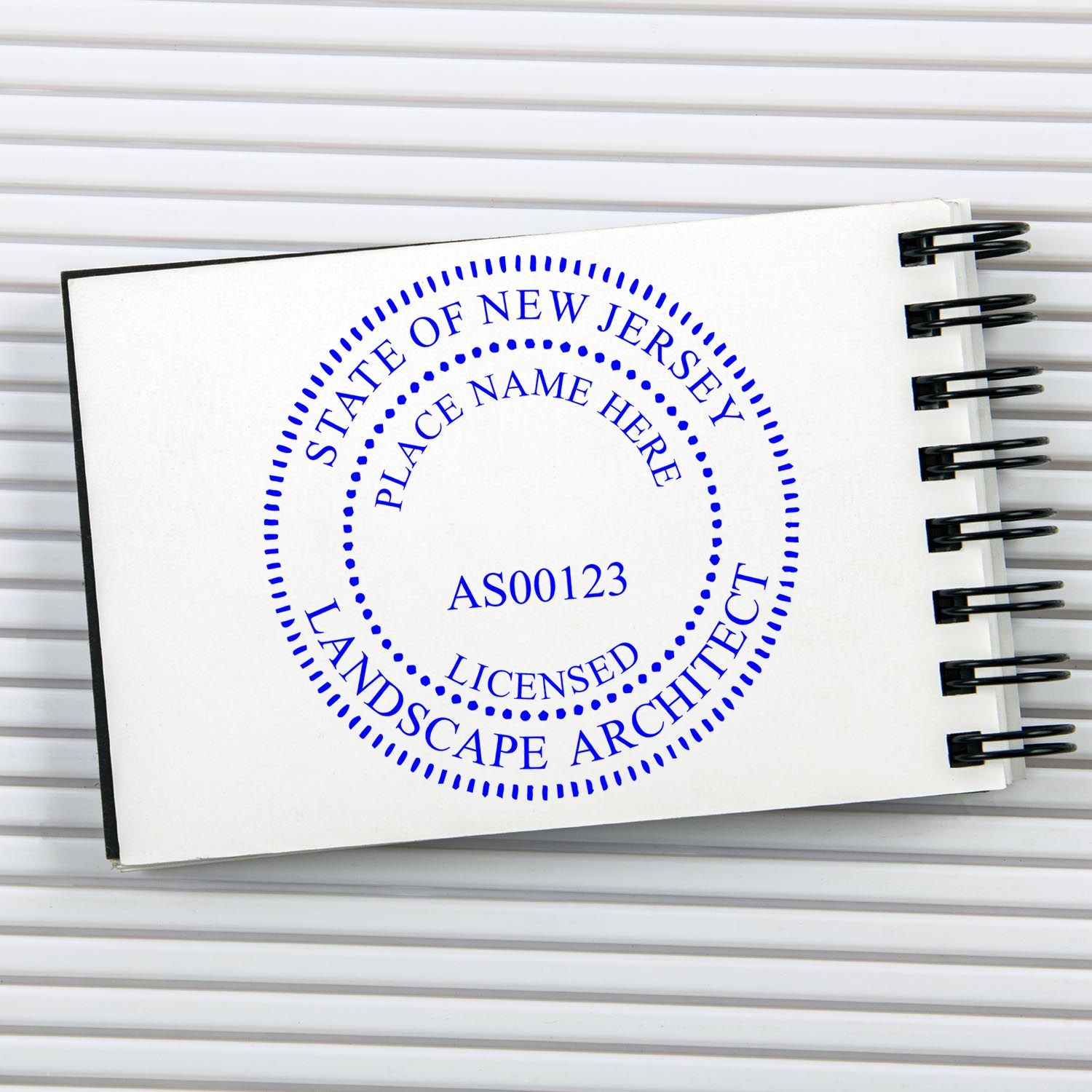
Considerations for Choosing a New Jersey Architect Stamp
When it comes to selecting a New Jersey architect stamp, there are several important considerations to keep in mind. The design, size options, material and durability, as well as compliance with New Jersey regulations, all play a significant role in choosing the right stamp for your architectural needs.
Design and Size Options
The design of your architect stamp is an opportunity to showcase your professional identity. While there are no strict guidelines for the design, it is essential to ensure that the stamp includes the necessary information required by the state of New Jersey. This typically includes your name, license number, and the words "Registered Architect."
In terms of size options, it's important to select a stamp size that allows for clear and legible impressions without being overly cumbersome to use. Consider the available space on your architectural drawings or documents to determine the appropriate size for your needs.
Material and Durability
A New Jersey architect stamp should be made from high-quality materials to ensure durability and longevity. Common materials for architect stamps include rubber, polymer, or pre-inked options. Rubber stamps are cost-effective and offer flexibility, while polymer stamps provide sharper impressions. Pre-inked stamps are convenient and eliminate the need for a separate ink pad.
Consider the frequency of stamp usage and the working conditions in which the stamp will be used. Opt for a stamp that is resistant to wear and tear, water, and other external factors to ensure it withstands the demands of your architectural practice.
Compliance with New Jersey Regulations
It is crucial to choose a New Jersey architect stamp that complies with the regulations set forth by the state. Familiarize yourself with the specific requirements outlined by the New Jersey State Board of Architects to ensure your stamp meets all necessary criteria. These regulations may include size specifications, content requirements, and other guidelines. For more information on New Jersey architect seal regulations, refer to our article on new jersey architect seal regulations.
By carefully considering the design, size options, material and durability, and compliance with New Jersey regulations, you can choose a New Jersey architect stamp that meets your professional needs and aligns with the requirements of the state. Remember to prioritize the quality and reliability of the stamp to ensure accurate and professional imprints on your architectural documents.
Ensuring Proper Usage of the New Jersey Architect Stamp
To maintain the integrity and professionalism of architectural work, it is essential to understand the guidelines for using the New Jersey Architect Stamp. Adhering to these guidelines ensures that the stamp is used correctly and consistently across architectural documents. Additionally, it is important to know how to properly maintain and renew the stamp to ensure its effectiveness and compliance.
Guidelines for Using the Stamp
When using the New Jersey Architect Stamp, architects must follow specific guidelines to ensure its proper usage. These guidelines are designed to maintain consistency and accuracy in architectural documentation. Here are some key points to keep in mind:
-
Placement: The New Jersey Architect Stamp should be placed prominently on the architectural document, typically near the architect's signature or on the cover sheet. It should be clearly visible and legible.
-
Ink Color: The stamp should be imprinted using black ink or any color that provides a clear contrast against the background of the document. This ensures that the stamp is easily distinguishable.
-
Size and Legibility: The New Jersey Architect Stamp must be legible, regardless of the document's size. It should be large enough to be clearly read, even when the document is reduced or photocopied.
-
Seal Impression: The impression made by the stamp must be clean and complete. It should include the architect's name, license number, and the words "New Jersey Architect." Any missing or incomplete information may render the stamp invalid.
Save 7%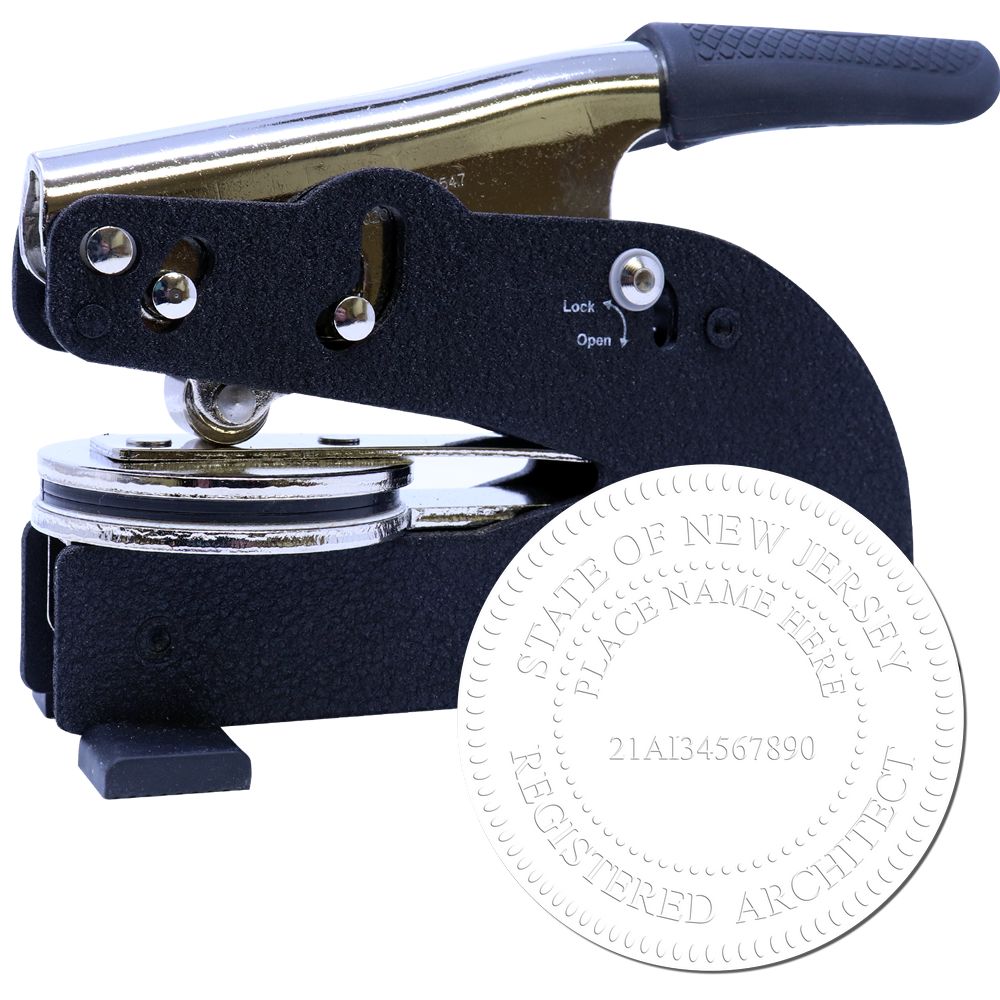
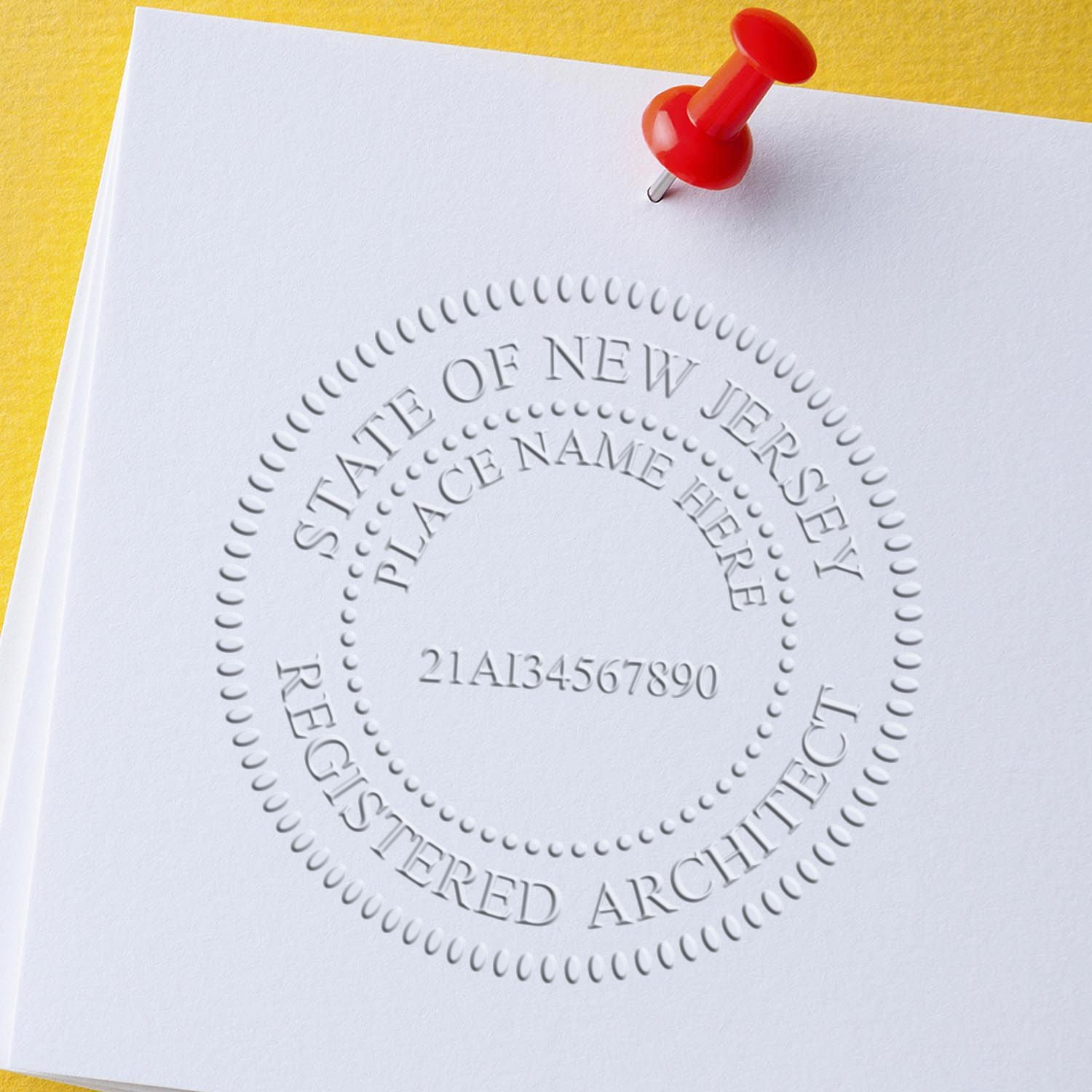 State of New Jersey Long Reach Architectural Embossing Seal3022ARC-NJSale price$129.95 Regular price$140.00
State of New Jersey Long Reach Architectural Embossing Seal3022ARC-NJSale price$129.95 Regular price$140.00 -
Seal Embossing: In addition to ink imprints, architects may choose to emboss their New Jersey Architect Stamp. The embossed seal should be clear and legible, providing a raised impression on the document.
For more detailed guidelines and regulations specific to New Jersey Architect Stamps, refer to our article on New Jersey Architect Stamp Guidelines.
Maintaining and Renewing the Stamp
To ensure the continued effectiveness of the New Jersey Architect Stamp, architects must properly maintain and renew it as required. Here are some important considerations:
-
Stamp Care: Architects should store their New Jersey Architect Stamp in a secure and dry location. It is crucial to protect the stamp from damage, such as excessive heat or moisture, that could affect its legibility or functionality.
-
Stamp Replacement: Over time, the stamp may become worn or damaged. If the impression becomes unclear or the stamp malfunctions, it is essential to replace it promptly. A damaged stamp may compromise the validity of architectural documents.
-
Stamp Renewal: Architects must be aware of the expiration date of their New Jersey Architect Stamp. It is their responsibility to renew the stamp before it expires to ensure continuous compliance with state regulations. Failure to renew the stamp in a timely manner may result in legal and professional consequences.
Architects should regularly review the New Jersey Architect Seal Regulations to stay informed about any updates or changes regarding the usage, maintenance, and renewal of their New Jersey Architect Stamp.
By following the guidelines for using the stamp and keeping it properly maintained, architects can uphold the professional standards required in the architectural industry.
About ESS
At Engineer Seal Stamps (ESS), we take pride in being the leading makers of high-quality rubber stamps, professional seals, and notary stamps. Our commitment to excellence is reflected in the state board guarantee that backs all our products. With ESS, you can be confident that you are getting the best of the best when it comes to stamping and sealing products.
Our team of experts will work closely with you to create customized rubber stamps and seals that meet your specific needs, whether you are an architect, engineer, surveyor, or other professional. We understand that time is of the essence in your line of work, which is why we offer a quick turnaround on all our products. ESS is also incredibly versatile, we cater to a broad range of industries, from oil and gas to healthcare, government, and education. When it comes to quality, our products speak for themselves. All our rubber stamps and seals are made using high-grade materials, ensuring that they will last you for years to come. Our stamping and sealing products are also designed to deliver crisp and clear impressions every time, so you can always be sure that your documents look professional and presentable.
At ESS, we are committed to providing our customers with stellar customer service, and we go above and beyond to ensure your satisfaction. Whether you need a customized rubber stamp, professional seal, or notary stamp, ESS is the trusted partner you can rely on for all your stamping and sealing needs.

